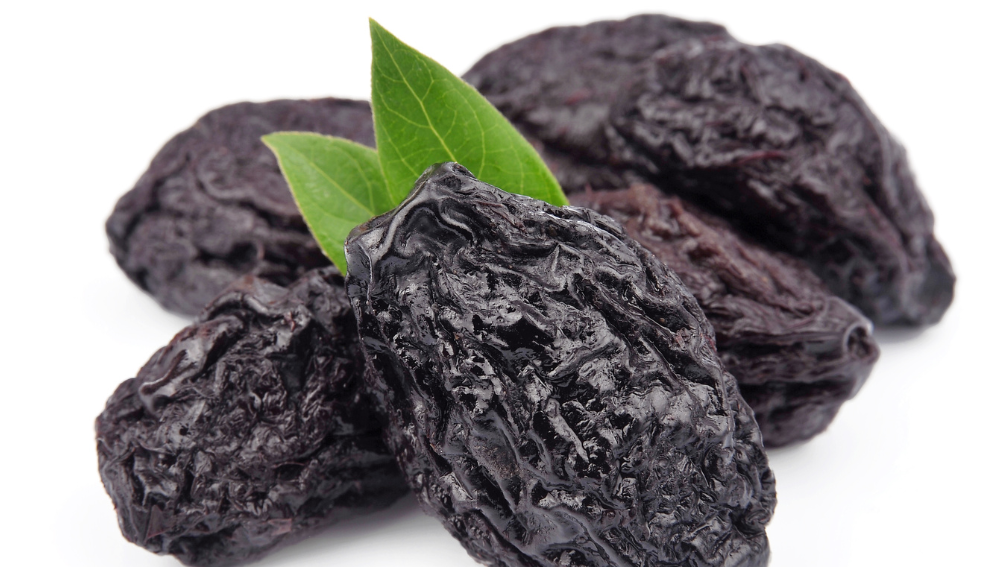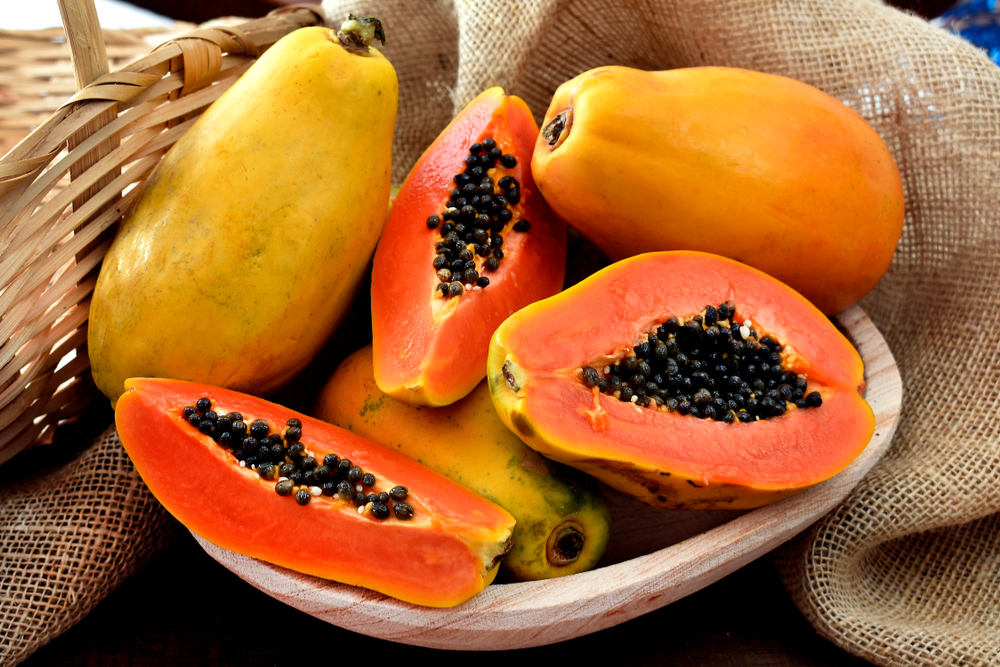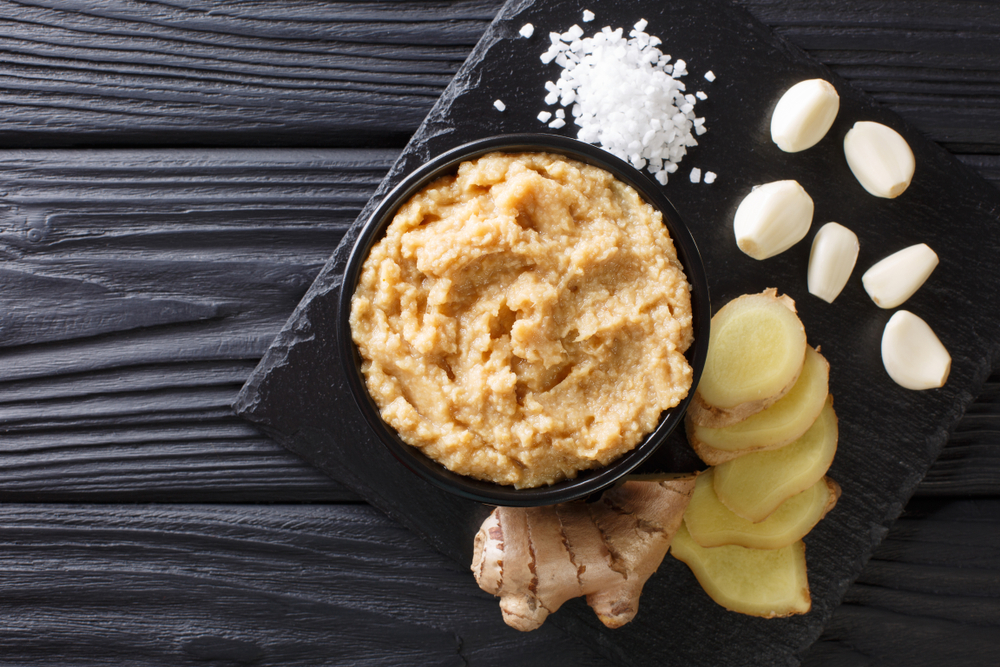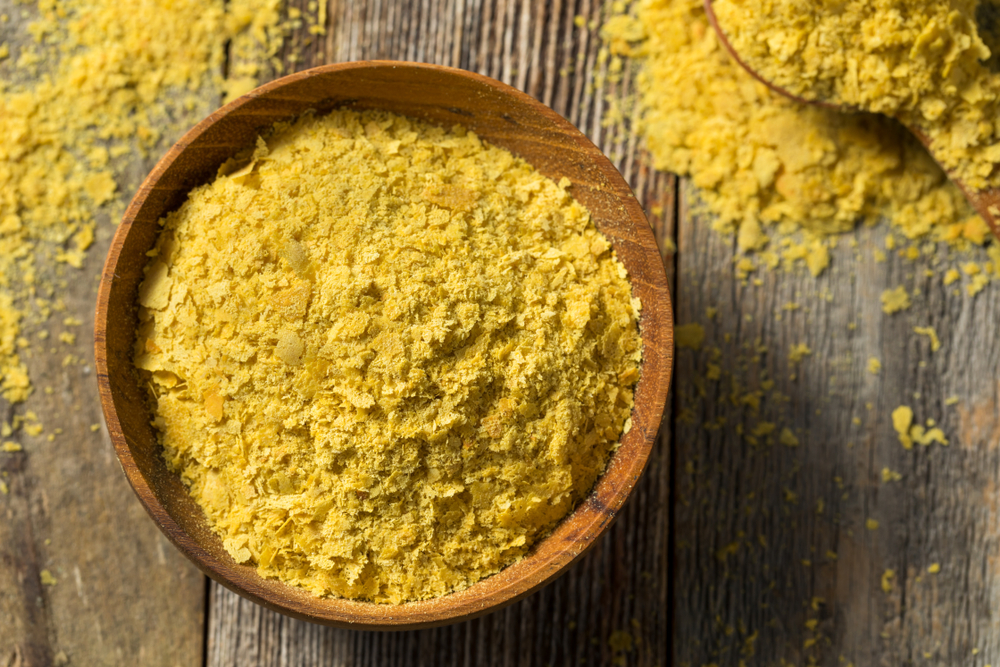Umeboshi paste is a condiment originating in Japan. It can be added to a plethora of dishes for flavor enhancement and has many health benefits. Umeboshi (sometimes also called ume) paste has been a staple in Japanese cuisine for over one thousand years.

Before it was used in culinary recipes, unripe ume was used for medicinal purposes in China during ancient times. It was said to prevent infection during plagues, as the plums are full of antioxidants. Though this may have been an urban myth; the impressive nutritional profile of umeboshi paste could not be more real.
If it’s your first time hearing of this condiment, you likely have some questions about it. This vegan zest is just as healthy as it is tasty.
What is Umeboshi Paste Made of?
To make umeboshi paste, first unripe ume (a variety of Asian plum) will be fermented in salt for two weeks. After the initial two weeks, red perilla leaves are added to the fruit to give it a vibrant red hue. Then, the ume is further fermented and dried for anywhere from a few weeks to a few months.
This process of fermenting, drying, and aging can cycle for as long as one hundred years. Once the fermentation process is entirely completed, the ume is transferred to a container where the paste is then allowed to age. In short, umeboshi paste is made up of pickled, aged, apricots that are then pureed.
What Does Japanese Pickled Plum Paste Taste Like?
The famous Japanese pickled plum known as umeboshi tastes both sweet and sour. Most commonly, its taste is described as astringent, or bitter and complex. The aging of this pickled plum paste is prevalent in its taste. Its citrous flavor is certain to light up your taste buds.
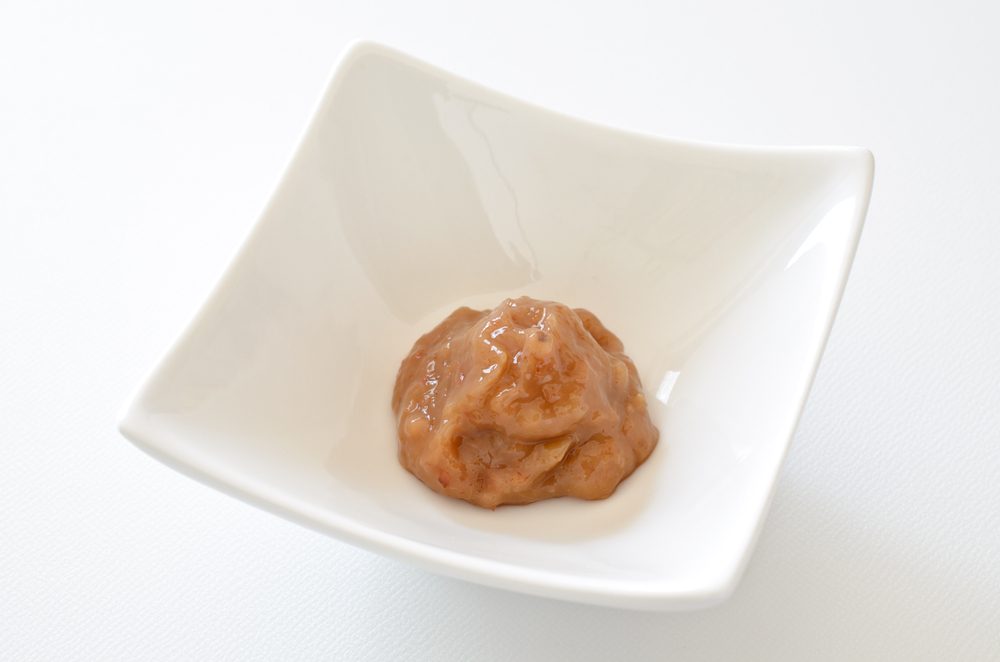
What is Umeboshi Paste Used For?
Because of its complex taste, umeboshi paste is extremely versatile. It can be incorporated into nearly any recipe and is used for many purposes.
Marinades
One popular way to use umeboshi is to marinate meats, particularly steak and chicken. Traditionally, umeboshi paste is used to season rice so you can bet it works for seasoning other dinner foods.
Umeboshi can be added to marinades or vinegar you already have on hand. And because its flavor is so pungent, you only need a small amount. It pairs especially well when mixed with lime, soy sauce, ginger, and garlic. It is sure to spice up any grilled meat.
Cheese Alternative
When umeboshi paste is combined with miso, it can replicate the taste of cheese. This may be wonderful news to vegans or dairy-free foodies, as many cheese substitutes out there can be disappointing.
Using a one-to-one ratio of umeboshi and miso can give you the cheesy flavor you’ve been missing. One thing to note is that umeboshi will also add a salty element, so it’s not a bad idea to adjust the salt content of your recipe to make room for it.
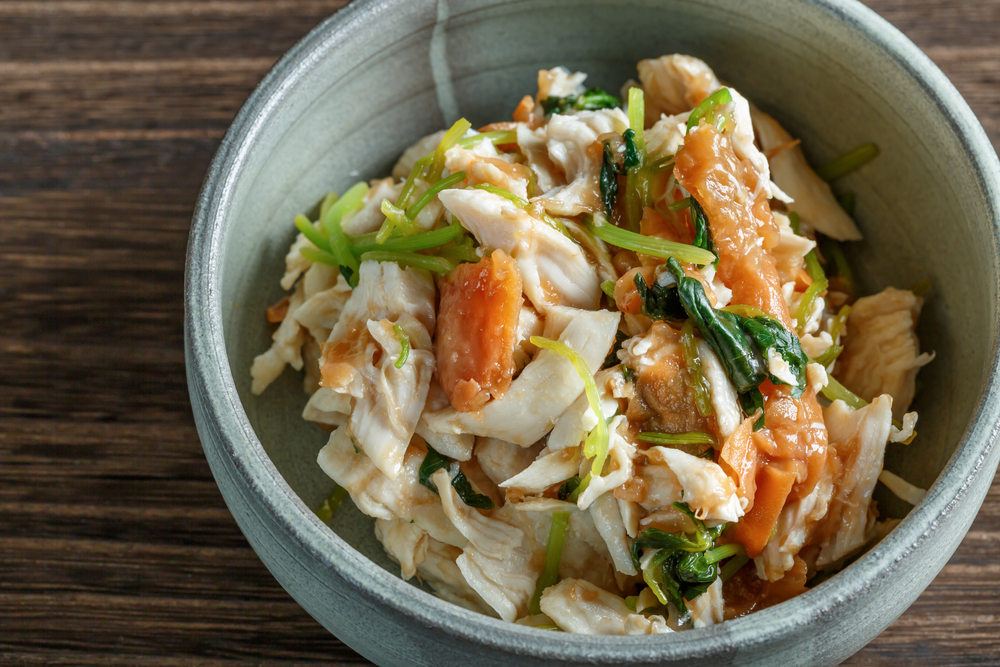
Better Veggie Taste
With all of the other impressive uses for umeboshi paste, it’s not shocking that it can also be used to heighten the taste of vegetables. Try adding a few splashes of umeboshi vinegar to your next stir fry dish.
Homemade Dressings
Mixing umeboshi paste with mayonnaise, olive oil, and garlic can yield delicious results for a salad dressing. Umeboshi vinegar can also make for a handy vegan Caesar dressing, as it can be a stand-in for anchovies. The Japanese pickled paste is also delicious when combined with dressings that are based on avocado.
Quick Pickles
Umeboshi vinegar can make the flavor of veggies much more vibrant, as well as the color. The red hue of umeboshi will make whatever you’re pickling look and taste even more appetizing than they already are.
Sushi Rolls
Adding a dash of this Japanese pickled plum to your sushi will make it stand out from any other sushi you’ve tried. The versatility of umeboshi’s flavor works with veggies and meats alike, so the combination of the two is no problem. Umeboshi makes for a great rice ball filling as well.
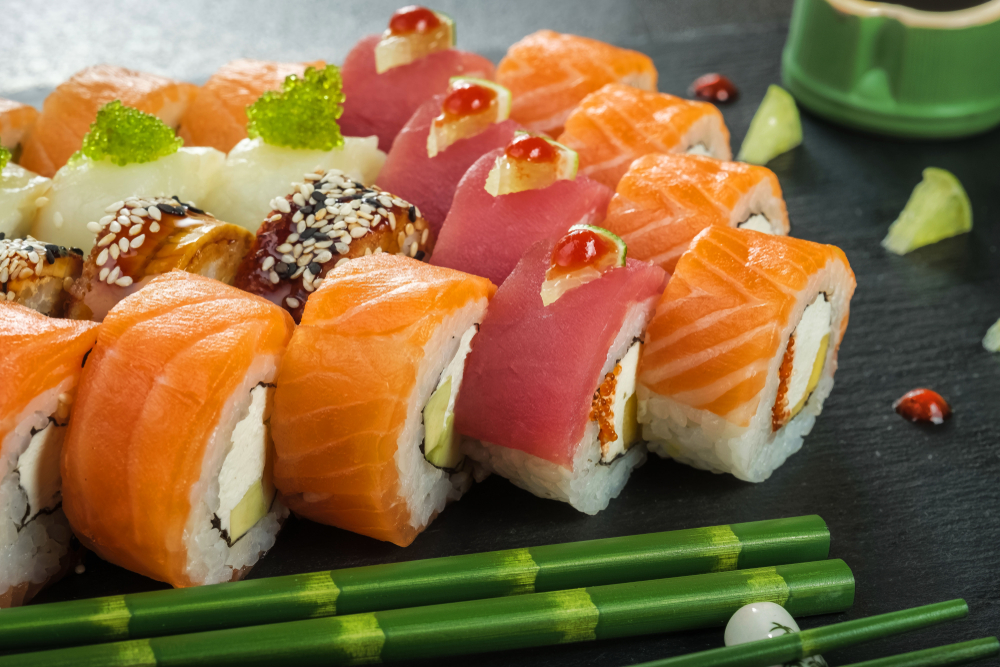
How to Make Your Own Japanese Pickled Plum Paste
Though umeboshi paste can be bought, some find it more fun to make their own at home. The process is pretty simple–the most difficult part will likely be finding ume plums. To purchase ume plums, check out local Asian grocery stores.
Materials Needed for Homemade Umeboshi Paste
- A container to pickle the ume (try to stay away from metal containers or other containers that are sensitive to acids)
- A weight to put pressure onto the plums, at least the same weight as the plums
- A bamboo tray to set the ume on so it can dry
Ingredients
- Ume plums–best used for this purpose when their color is yellow
- Sea salt (18% salt minimum is ideal)
- Red shiso (optional for coloring)
Instructions
- First, you’ll need to make salted plums. A liquid is produced when ume fruits have been pickled for a week, so let your ume sit in salt for approximately one week.
- If you choose to use red shiso for coloring, add it in at the two week mark.
- Let the plums dry in the sun for three days.
- For optimal results, put them back in a container so they can age. Aging for three months is recommended, but you can also eat them right away.
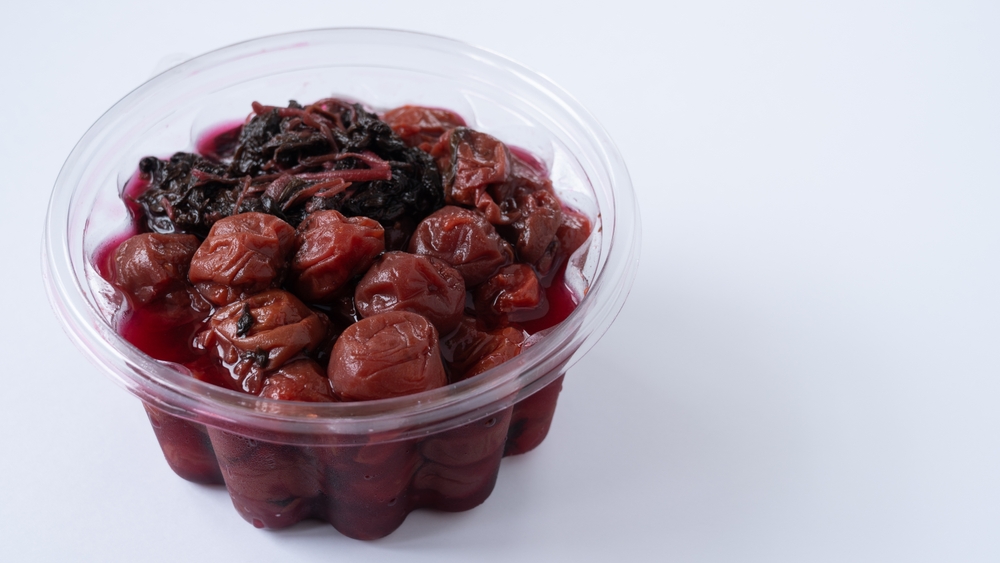
Where to Buy Umeboshi Paste?
Umeboshi paste is widely available at many chain grocery stores, as well as specialty Asian and Japanese grocery stores. If there are any specialty stores near you, that’s probably your best bet. Umeboshi paste can also be bought online.
Also, read a similar post on What Goes with Collard Greens? Here are 12 You Can Pair With
FAQs
Does umeboshi paste need to be refrigerated?
Because umeboshi paste has been pickled very thoroughly, it typically does not need to be refrigerated. If you’ve made it at home, this also applies if you used at least an 18% concentration salt. Some store-bought types of umeboshi paste are made with lower salt content, which would call for refrigeration once it’s been opened.
Even if your umeboshi has a significant salt concentration, there is still a risk of it becoming dehydrated. To store umeboshi paste properly, keep it away from sunlight and heat. Umeboshi has a very long shelf life, almost indefinite; but it is recommended to consume it within one year.
Can you eat umeboshi raw?
Raw umeboshi is very sour. It can be eaten raw with no health risks, but may not be pleasant for everyone. If you especially like sour things, though, it can be eaten just like any other fruit. Sucking on the hard pit on the inside of umeboshi is said to help with upset stomachs!

Is umeboshi a Superfood?
A superfood is classified as a food that is full of ingredients which benefit one’s health. Umeboshi is definitely a superfood! Its antioxidants can help fight off fatigue and promote gut health. In addition, ume plums are rich with iron, potassium, and thiamin, which are all essential to our nervous systems.
It is said that samurai ate umeboshi to keep themselves alert. The antioxidants in umeboshi also help with digestion and metabolism. Even down to the pit–sucking on it is said to relieve headaches and indigestion. These plums also help fight off oxidation of cells in your body and hangovers.
Final Thoughts
Umeboshi is a delectable superfood that has been used in many types of Asian cuisine since ancient times. Before it was known for its taste, it was known for its health benefits. In addition to a surplus of antioxidants, umeboshi has a flavor that is both sweet and sour, which makes it add a pleasant pop of flavor to virtually any recipe.


